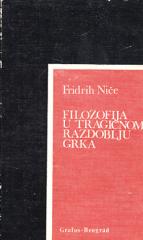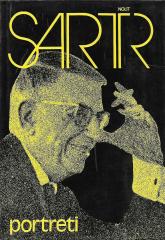
Kako razumjeti Međugorje?
The book "How to Understand Medjugorje?" by Ivan Kordić, published in 2012, analyzes the events in Medjugorje through the prism of contemporary philosophy, science, and spirituality.
The author approaches the topic phenomenologically-hermeneutically and dialogically, exploring the theological, religious and social implications of the Medjugorje apparitions. The book deals with issues of faith in the contemporary world, conversion, the sacraments, and the meaning of peace and love in the life of an individual. Special attention is paid to the signs and symbolism of the apparitions and their impact on personal and communal spiritual growth.
No copies available
The last copy was sold recently.





